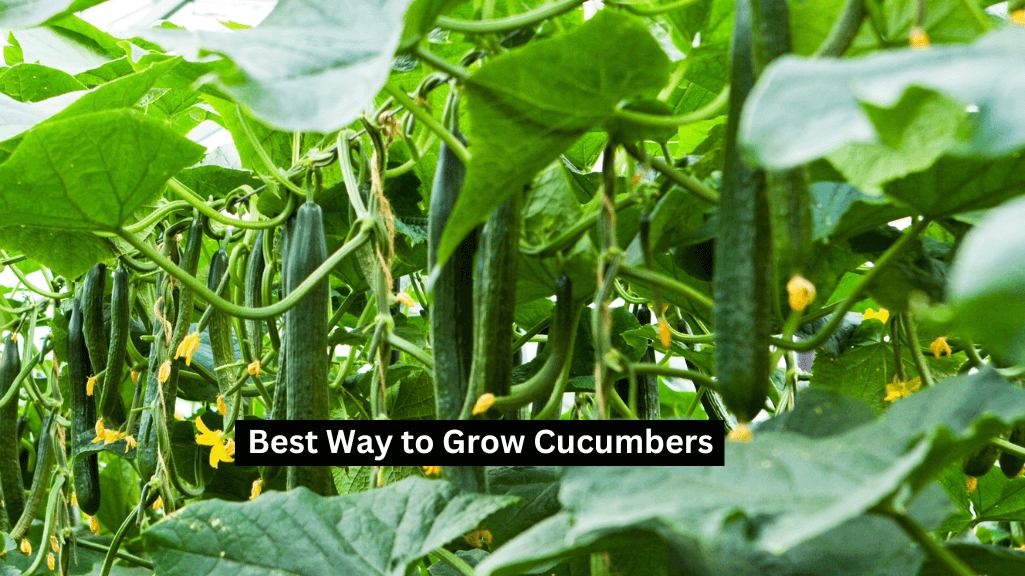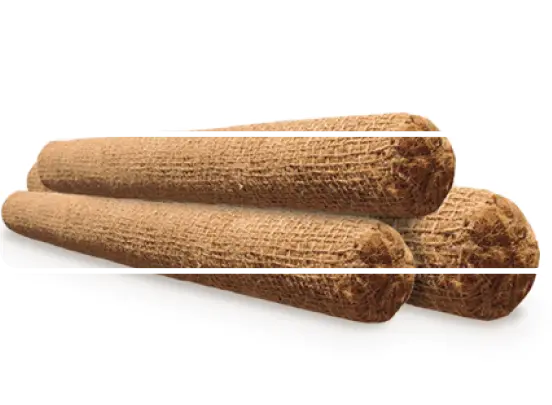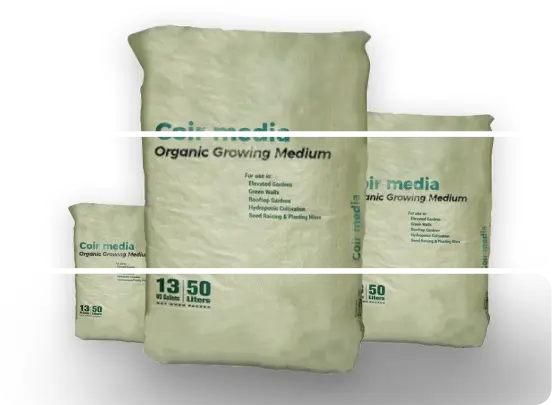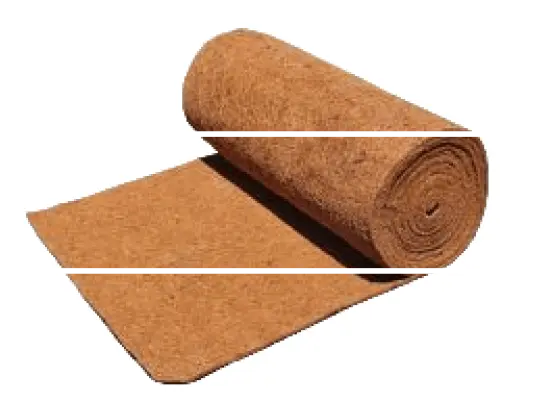
Growing crisp and juicy cucumbers is surely a rewarding moment. It needs the right blend of science, patience, and some attention to the details. So whether you have years of gardening experience or have just started the journey, proper mastery of the art of cucumber cultivation should begin with gaining knowledge about this versatile plant along with its distinct needs. Everything from choosing the right variety to maintaining optimal growing conditions, this gardening guide will lead your garden to success. So are you ready to gather the knowledge about the best way to grow cucumbers?
The right selection of cucumber variety is the way to achieving success in growing. This is the first step in knowing the best way to grow cucumbers. There are many varieties available in cucumbers, and they are divided into two broad categories: fresh slicers and pickling varieties. Those varieties that can tolerate some adverse growing conditions include Marketmore, Spacemaster, Sweet Success, and Armenian. Each variety consists of different characteristics but can be used in various types of climates, gardening spaces, and cultivation goals. It is essential to understand the specific requirements and characteristics of your plants before starting to grow healthy and productive cucumber crops.
Cucumbers prefer specific environmental conditions, so an ideal balance of sunlight, temperature, and quality soil is a must. These plants require at least 6-8 hours of direct sunlight per day and prefer temperatures from 65 to 85°F. They flourish in soil that drains well and remains relatively moist at the roots. They do not tolerate waterlogged conditions. Providing such an environment is the best way to grow cucumbers as it increases the chances of success for your cucumber plants.
Soil preparation is an important foundation for growing cucumbers. Traditional garden soil is a great option provided it is enriched with organic matter that includes compost or aged manure. Incorporation of this organic material is known to improve drainage, and structural makeup of soil, and provide the nutrient needs of plants. A recommended pH range should be between 6.0 and 7.0.
For gardeners seeking convenience and superior results, our potting mix bags are very much recommended. These pre-mixed soils offer an optimal nutrient balance with excellent drainage and moisture retention. These can be used right away, which removes most of the uncertainty that comes with soil preparation for growth.
The most inventive technique to cultivate cucumbers is to utilize cucumber grow bags. The bags have been a darling of many gardeners because they come with different benefits such as good root aeration, optimum drainage, and simplicity of portability. Grow bags also regulate temperatures much better than regular containers and can be quite useful in multiple climates.
To use the cucumber grow bags effectively, fill them with premium potting mix and plant 2-3 seeds per bag. Place the bags in a sunny location and maintain consistent moisture levels. The support of the plants with trellises makes the vines grow upward, saving space and improving airflow around the plants. This method is particularly beneficial for urban gardeners and those with limited gardening space.
Timing and spacing are very crucial when planting cucumbers. Seeds can be directly sown into the soil or started indoors and transplanted once they have developed a strong root system. For direct seeding, plant seeds about 1 inch deep and space them 12-18 inches apart, with rows 4 feet apart. Ensure that the soil temperature is at least 65°F to encourage germination.
If planting, separate the plants approximately 2 feet from each other, and one must handle them gently so they are not torn. Proper spacing also allows sufficient sunlight and airflow, thus reducing the chances of diseases among plants. This is the best way to plant cucumbers.
Cucumber plants have to be given consistent moisture. During typical weather conditions, 1-2 inches of water applied every week might be sufficient, but this amount should be increased if the fruit is developing or the weather is hot. Drip irrigation delivers water directly to the roots, minimizing evaporation and reducing the possibility of fungal diseases. Mulching around the bases of the plants is another advantage. This improves moisture retention and moderates the temperatures. Watering is discouraged through overhead watering because water left on leaves initiates disease propagation.
As climbing plants, cucumbers require support systems. Installation of trellises at the beginning of the growth cycle provides a strong framework for the vines to climb on. This will save space and also improve air circulation, reduce disease risks, and make harvesting easier. The use of strong materials is required, and the vines need to be trained regularly so that they grow along the support structure.
Effective fertilization of the cucumber crop is essential in ensuring the good growth and high yield of this crop. As soon as one plants, mix the soil with some balanced fertilizer or compost to avail the necessary elements. Once when the plants start growing into vines, spray a nitrogen-content fertilizer as side dressing. For the next successive 3 to 4 weeks, continue giving fertilizers that will encourage vigorous growing and fruiting. So keep this in mind while noting best way to grow cucumbers.
Cucumber plants require extensive treatment to avoid numerous diseases and pests. Powdery mildew, cucumber beetles, bacterial wilt, and aphids are all common issues. These can be avoided by ensuring enough air circulation around the plants, rapidly removing affected leaves, and keeping companion plants nearby for pest-deterrent properties. Row coverings are also used to shield young plants from pests early in the growing season.
To get a consistent yield, it is suggested to sow fresh seeds every 2-3 weeks, which can be done by continuous succession planting, and it will ensure a constant supply of cucumbers all season long. Moreover, the removal of any bruised leaves and thinning out dense growth can improve air circulation around the plant, which can avoid the disease, and pinching off lateral shoots can also improve fruiting in the plant since it concentrates energy towards fruit production.
Cucumbers should be picked when they reach their maturity stage. The preferred picking time is when they are tender, firm, and at a suitable size for the cucumber variety. Constant harvesting of these cucumbers at 2-3 day intervals will cause more fruiting on those plants. A knife or scissors should always be used while harvesting cucumbers. Use a sharp knife or scissors to cut the cucumbers rather than pulling them off the vine. Also, harvest in the morning time because fruits will always be crunchy, juicy, and healthy.
Proper storage ensures that you enjoy your cucumbers long after harvest. Store the cucumbers at around 55°F, and do not store them close to apples or other fruits, which emit ethylene gas and promote spoilage. Use the cucumbers within 1-2 weeks for optimal flavor. Excess cucumbers can be preserved by pickling, thereby prolonging their shelf life.
Even with proper care, challenges may arise during cucumber cultivation. Bitter fruit often results from inconsistent watering, heat stress, or nutrient imbalances. Poor production may indicate insufficient pollination, overcrowding, or inadequate sunlight. Identifying and addressing these issues promptly can help restore plant health and productivity.
Here are some seasonal care tips for the best way to grow cucumbers. Cucumber culture has to adjust for the seasons. In spring, prepare soil well in advance and use row covers to guard the young plants against cool temperature stress. When it is summer, provide afternoon shading and increase watering to manage heat stress. At the start of fall, guard plants from early frost; also, get fruits that might have remained there before the first freeze. Clearing up at the end of the season from plant debris lessens the overwintering chance of pests and diseases.
The process of growing perfect cucumbers requires careful planning, consistent care, and attention to detail. Whether you grow cucumbers in traditional garden beds, using potting mix bags, or embrace the innovative approach of cucumber grow bags, success lies in understanding and meeting your plants’ needs. From choosing the right variety to implementing advanced growing techniques, this comprehensive guide equips you with the knowledge to grow healthy, productive cucumber plants.
Starting with high-quality materials and proper care ensures an abundant, fresh, crunchy harvest of cucumbers through the growing season. Now you know the best way to grow cucumbers. With some patience and effort, the technique of growing cucumbers transforms your garden into a source of delicious, fresh homegrown food.

Mathew is a product designer and engineer at Coirmedia, where he combines his passion for sustainability with his design and engineering expertise. He develops innovative coir products that are not only functional but also eco-friendly. Driven by a desire to share his knowledge, Neil is passionate about writing and teaching, aiming to educate others about his ideas, innovations, and the technology behind them.


CoirMedia (UK) Pvt. Ltd
85 Great Portland Street,
First Floor, London,
United Kingdom





